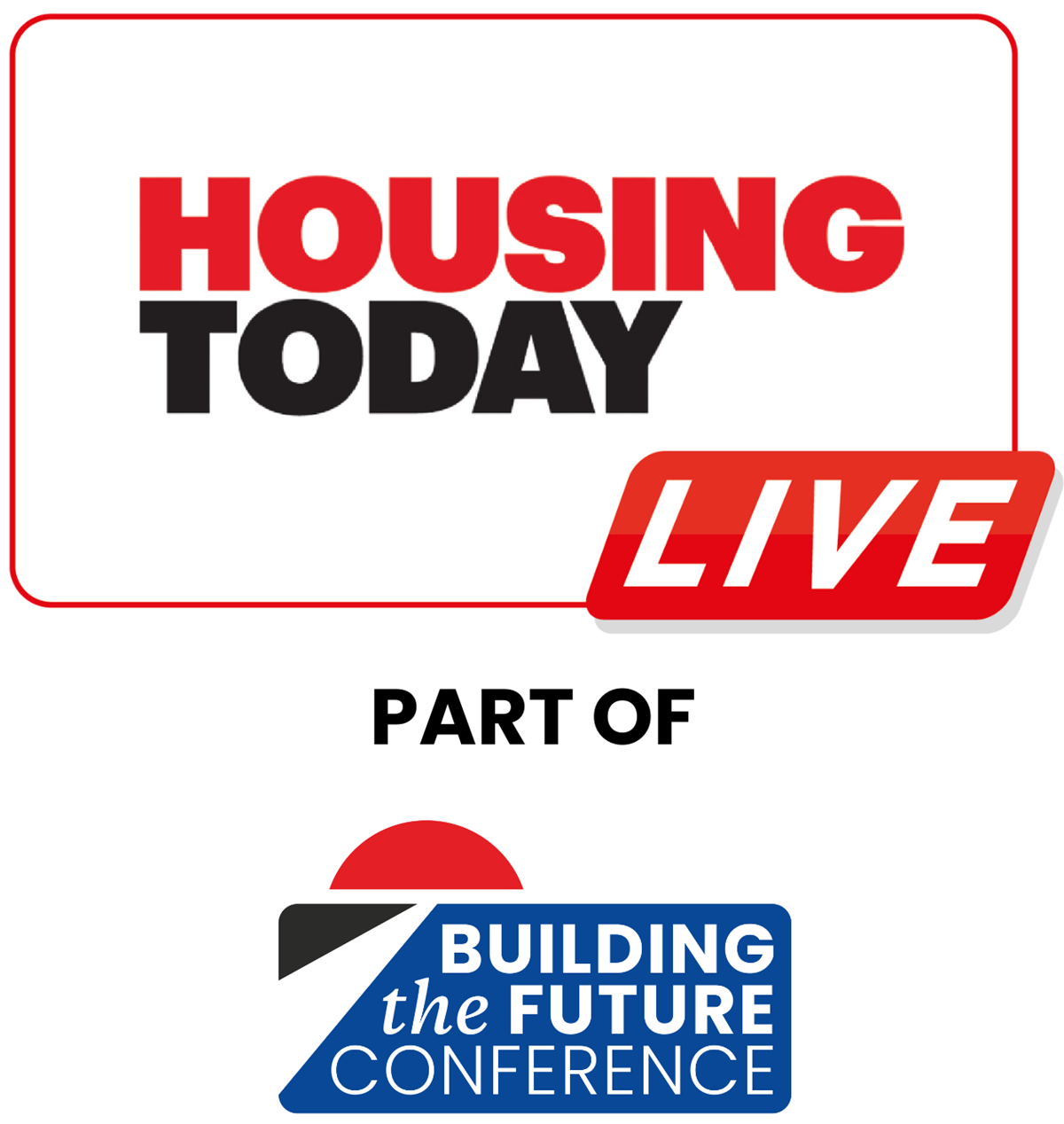With the government pledging £39bn over 10 years for affordable housing and seeking to deliver at far greater scale, new models are needed to meet the challenge. A fully integrated, end-to-end development approach can help unlock land, reduce risk and deliver better homes faster, argues Mark Powell
Delivering high-quality, affordable homes at scale is no longer just a political ambition - it is a national imperative.
Yet meeting this challenge will require more than ambition. It demands a fundamental shift in how we think about housing delivery: away from fragmented procurement and piecemeal planning, and towards integrated, outcome-focused development.
That is why an end-to-end model, built around a controlled and coordinated supply chain, must now form the foundation of how we deliver social and affordable housing.

End-to-end development removes fragmentation by aligning every stage of the housing process under one accountable structure, improving efficiency, reducing risk and ensuring quality from start to finish.
The government’s recent announcement of a £39bn Affordable Homes Programme over the next 10 years marks a potentially transformative moment.
This really represents a seismic shift in the government’s approach to affordable housing that recognises the need for long-term certainty, institutional backing, and delivery at scale.
Crucially, it signals a move towards treating social housing as critical infrastructure - an asset class worthy of sustained investment, strategic planning, and industrialised delivery methods.
This is where the end-to-end model comes into its own. At EDAROTH, we have developed an approach that brings land, planning, design, manufacturing and construction together into a single, coordinated development service .
Rather than fragmenting responsibility across multiple parties, we act as a developer offering a full development management service - from identifying opportunities to unlock publicly-owned land through to delivering homes that are ready for long-term public ownership.
This model is already delivering tangible results. In partnership with Raven Housing Trust in Surrey, we have transformed small, previously unviable parcels of land into high-quality, sustainable homes.
We must also be honest about the scale of the challenge. The UK needs to deliver hundreds of thousands of homes per year to meet demand. Current capacity falls far short of that.
By working directly with Raven to develop land they already owned - and using our offsite manufacturing model - we were able to deliver precision-built homes that exceed national space standards and achieve net-zero performance in use.
These homes were manufactured offsite, delivered with 50% faster build times compared to traditional construction, and designed for longevity with 100-year structural warranties.
The approach not only increased delivery speed and quality, but also dramatically reduced whole-life maintenance and operational costs - critical for housing associations managing long-term assets.
We’ve applied a similar model with Bristol City Council, where we helped unlock multiple small sites as part of a city-wide initiative. Many of these sites had long been overlooked by the private sector due to their complexity, size or location. B
By aggregating these parcels of land and applying our integrated delivery model, we enabled Bristol to retain ownership of the land while bringing forward desperately needed social homes.
This work was also supported by Lloyds Bank, which is actively exploring new ways to back social and affordable housing developments through long-term pension fund investments, demonstrating how institutional capital can be aligned with local public sector ambition.
This work formed the basis for a playbook - a replicable guide to delivering affordable homes through an end-to-end approach - that was formally presented to MHCLG earlier this year. The playbook offers a roadmap for how other authorities and developers can adopt similar models using their own land and local insight.
What has been especially impressive - and should be acknowledged - is the bravery shown by Bristol City Council as a client. They have consistently demonstrated leadership by leaning into innovation and supporting non-traditional delivery models, even after working with other partners who were ultimately unsuccessful.
That resilience and willingness to take calculated risks has been instrumental in proving that scalable, high-quality social housing can be delivered differently. Their approach offers a powerful example of how local authorities can move from reactive land disposal to strategic, long-term stewardship.
The Bristol project also supported the council’s successful bid to join the UN Smart Cities Challenge, showcasing how offsite manufactured, sustainable development can support inclusive urban regeneration. Together, these initiatives demonstrate what’s possible when local authorities are empowered to think differently and act strategically.
Central to the success of this model is offsite manufacturing. By designing homes in a digital environment and manufacturing them in controlled factory settings, we can achieve greater consistency, precision and speed.
And because we’re manufacturing at scale, the cost of delivery reduces over time - just as it has in other sectors such as automotive and consumer electronics. As production increases, so too does affordability.
End-to-end delivery is not a silver bullet, but it is a robust, scalable and proven approach. When applied with vision and supported by the right policy environment, it can change the way we deliver housing in this country - for good.
But equally important is how these homes perform once built. Traditional housing delivery models often treat completion as the end of the journey. For public sector clients retaining these assets, it is just the beginning.
That’s why we design every home with long-term performance in mind - from energy efficiency and materials durability to maintenance costs and resident wellbeing. With EDAROTH, every home comes with a digital model and full operational guidance, enabling better asset management over decades - not just years.
We must also be honest about the scale of the challenge. The UK needs to deliver hundreds of thousands of homes per year to meet demand. Current capacity falls far short of that.
Traditional housebuilders, while critical to private for-sale housing, are not equipped to meet the full burden of social and affordable delivery - nor should they be expected to. We need additional capacity, new delivery models, and a greater role for SMEs and innovative developers who can scale sustainably.
The £39bn Affordable Homes Programme, with its 10-year visibility, offers a rare window of opportunity. For the first time, institutional funders - such as pension schemes - can align with long-term government-backed programmes, bringing private capital into social housing delivery.
This, combined with greater certainty around grant funding and rental income, can unlock large-scale delivery models that were previously unviable.
However, success will depend on systemic reform. We must address inefficiencies in the planning system, reconsider the right-to-buy framework in the short term, and ensure that public land is used strategically to deliver long-term value.
Above all, it’s important to empower local authorities and housing associations to confidently commission, oversee, and retain the homes their communities need.
This is not about disrupting the existing private sector model. It’s about complementing it - creating an additional housing delivery track that is purpose-built for social value, sustainability and longevity. The alternative is to continue applying short-term fixes to a long-term problem - and we’ve seen where that leads.
End-to-end delivery is not a silver bullet, but it is a robust, scalable and proven approach. When applied with vision and supported by the right policy environment, it can change the way we deliver housing in this country - for good.
Mark Powell is the managing director at affordable and social housing developer EDAROTH










